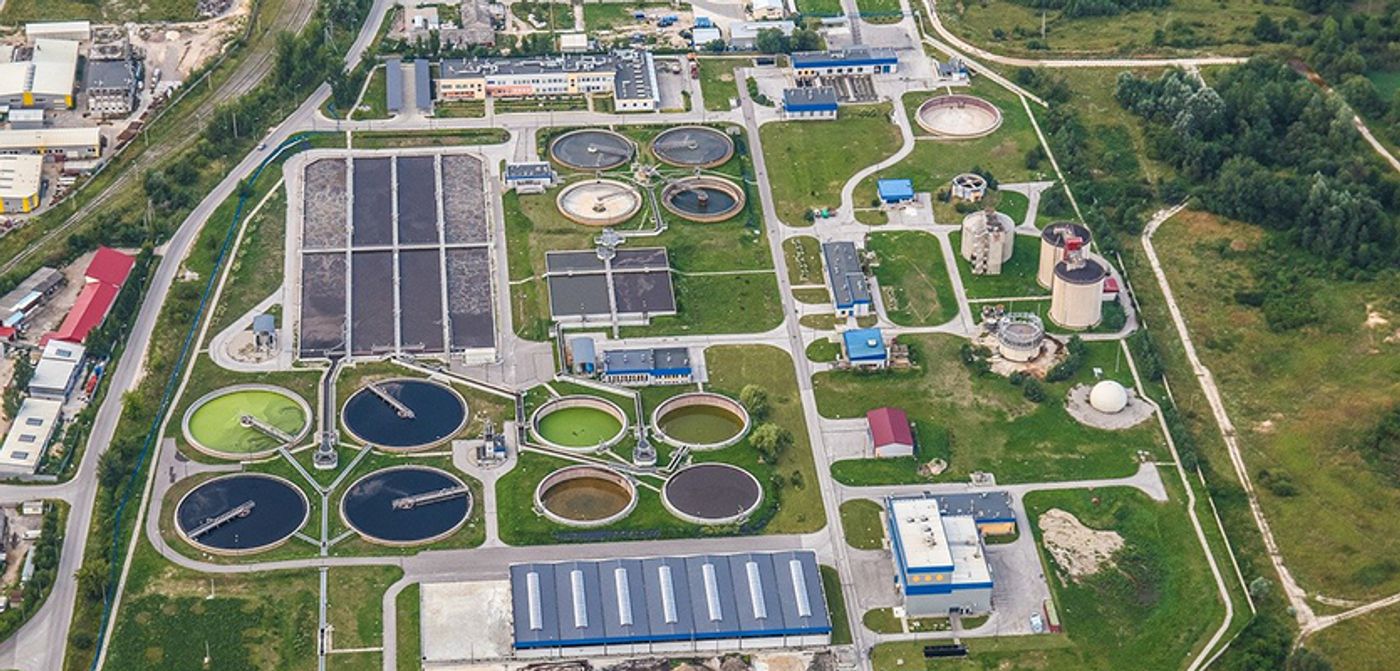Why Are Nanoplastics so Hard to Get Out of Water?
By now you’ve probably heard of microplastics, which have infiltrated the environment from the deepest parts of the sea to remote mountain ranges. Recently, a research team from Washington State University (WSU) studied even smaller nanoplastics to discover how and why they remain in specific aquatic environments, including drinking water. The study was published just this week in the journal Water Research.
According to lead researcher and assistant professor (Department of Civil and Environmental Engineering) Indranil Chowdhury, more than 90 percent of tap water in the U.S. contains nanoscale plastics invisible to the human eye. As he told WSU reporters, “we are drinking almost a few grams of plastic every month or so. That is concerning because you don’t know what will happen after 20 years.”
The WSU article states that polyethylene and polystyrene are used in a “huge number of products,” including plastic bags, cosmetics and other personal care items, appliances, cups and bottles, and more. This study investigated how nanoparticles of polyethylene and polystyrene behaved under various aquatic chemistries that would exist in the natural environment. Chowdhury told WSU reporters, “We’re looking at this in a more fundamental way. Why are they becoming more stable and remaining in the water? Once they’re in different types of water, what makes these plastics remain suspended in the environment?”
According to the study, the acidity of water has little impact on the nanoscale plastics. However, salt types and ionic strength had significant effects on the stability of these particles and how they move or settle. Overall, the study highlights that polystyrene nanoplastics are more stable in water than polyethylene nanoscale plastics. Polyethylene nanoplastic particles will be “fairly stable” in natural surface waters but rapidly destabilized in synthetic surface waters, wastewater, seawater, and groundwater.
Chowdhury concluded that nanoplastics will remain in the environment, and we don’t yet know the health and environmental consequences. He continued that “our drinking water plants are not sufficient at removing these micro and nanoscale plastics.” Luckily, he and his team received a grant from the State of Washington Water Research Center to study techniques to remove plastics from water. In the meantime, he recommends reducing the use of single-use plastic and reusing other plastics as much as possible.
Sources: Water Research, WSU









